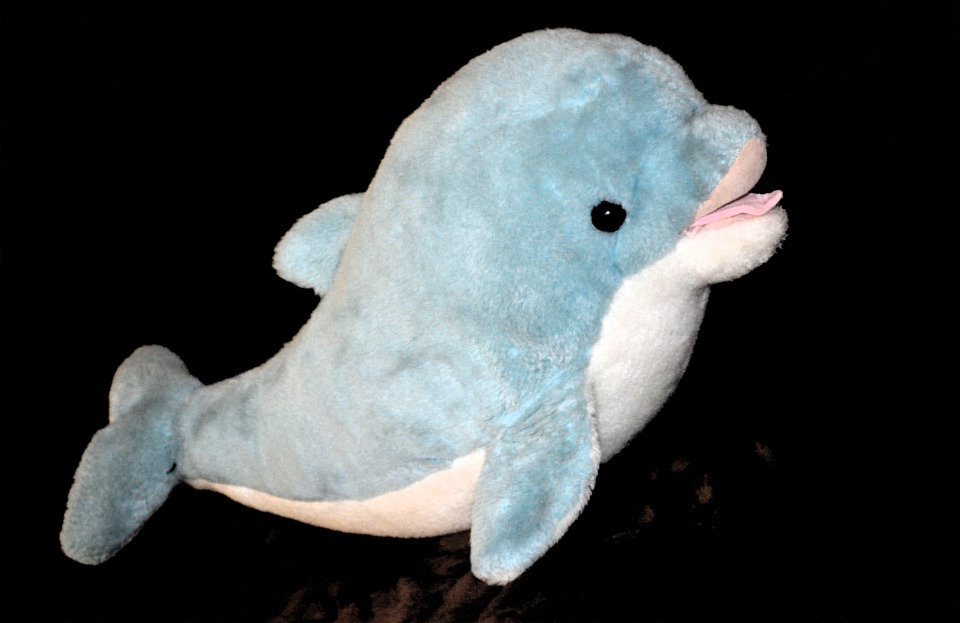Fish shoaling behavior is a fascinating aspect of their natural instincts, and understanding how tank mates influence this behavior is crucial for aquarium enthusiasts. Shoaling refers to the tendency of fish to form groups or schools, and it serves several purposes such as protection from predators, enhanced foraging efficiency, mating advantages, and social interaction. In this article, we will explore the intricacies of fish shoaling and delve into the impact tank mates have on their behavior.
Firstly, it is important to understand what fish shoaling is. Shoaling is the act of fish forming groups or schools, where individuals swim closely together in a coordinated manner. This behavior provides various advantages and benefits for the fish, including increased protection from predators, improved foraging and feeding efficiency, higher chances of successful mating, and enhanced social interaction and communication.
There are two types of shoaling behavior: true shoaling and loose aggregation. True shoaling occurs when fish swim in a coordinated manner, maintaining a tight formation and synchronizing their movements. Loose aggregation, on the other hand, is a less organized form of shoaling where fish swim near each other but not necessarily in a coordinated manner.
The evolutionary reasons for fish shoaling behavior are deeply rooted in survival. By swimming in groups, fish can confuse and deter predators, making it more difficult for them to target and capture individual fish. The larger the shoal, the greater the chances of survival for the individuals within it. Additionally, shoaling fish can benefit from enhanced foraging and feeding efficiency as they can share information about food sources and detect prey more effectively.
Shoaling behavior also plays a crucial role in mating and reproduction. Female fish are more likely to be attracted to males that are part of a shoal, as it indicates their ability to find food and evade predators. Males within a shoal also engage in competitive displays to attract females, which increases their chances of successful mating.
Tank mates have a significant influence on fish shoaling behavior. Species compatibility is an important factor to consider when selecting tank mates for shoaling fish. Some species have a natural tendency to shoal together, while others may exhibit aggressive or territorial behavior towards each other. It is important to research and choose tank mates that are known to be compatible with the shoaling species you have.
Visual cues also play a role in shoaling behavior. Fish use visual signals to communicate and maintain their position within a shoal. Tank mates with similar coloration and body shape can help reinforce these visual cues and enhance shoaling behavior.
The size and layout of the tank also impact shoaling behavior. A larger tank with ample swimming space allows fish to form larger and more cohesive shoals. It is important to provide hiding places and structures within the tank to mimic their natural environment and offer shelter when needed.
Similar swimming patterns and speeds are crucial for maintaining shoaling behavior. Tank mates that swim at different speeds or in erratic patterns can disrupt the cohesion of the shoal. It is advisable to choose tank mates that have similar swimming characteristics to promote shoaling behavior.
Understanding the dominance hierarchy within a shoal is essential. Within a shoal, there is often a social hierarchy, with dominant individuals exerting control over the group. Aggression and territorial behavior can occur within a shoal, and it is important to monitor and address any conflicts that may arise.
When selecting tank mates for shoaling fish, several compatibility factors should be considered. Fish with similar dietary requirements are more likely to coexist peacefully. Additionally, the tank size should be appropriate for the shoaling species, allowing them to form cohesive and natural shoals. It is important to avoid aggressive or territorial species that may disrupt the shoaling behavior or harm other tank mates.
To encourage shoaling behavior in your aquarium, it is important to create a harmonious and stimulating environment. This can be achieved by selecting appropriate tank mates, providing adequate hiding places and structures, and ensuring that the tank size and layout allow for natural swimming patterns and shoal formations.
If aggression occurs within a shoal, it is important to address the issue promptly. This may involve separating aggressive individuals or reevaluating the tank mates to ensure compatibility. Seeking advice from experienced aquarists or professionals can help resolve any conflicts and maintain a peaceful shoaling environment.
In conclusion, understanding fish shoaling behavior and its influence by tank mates is essential for creating a harmonious and stimulating aquarium environment. By considering compatibility, visual cues, tank size, and swimming patterns, aquarists can successfully foster shoaling behavior among their fish. Careful selection and proper management of tank mates are crucial for the overall well-being and happiness of your finned friends.









